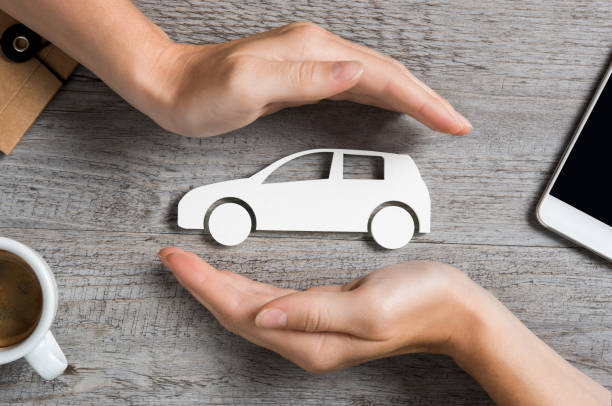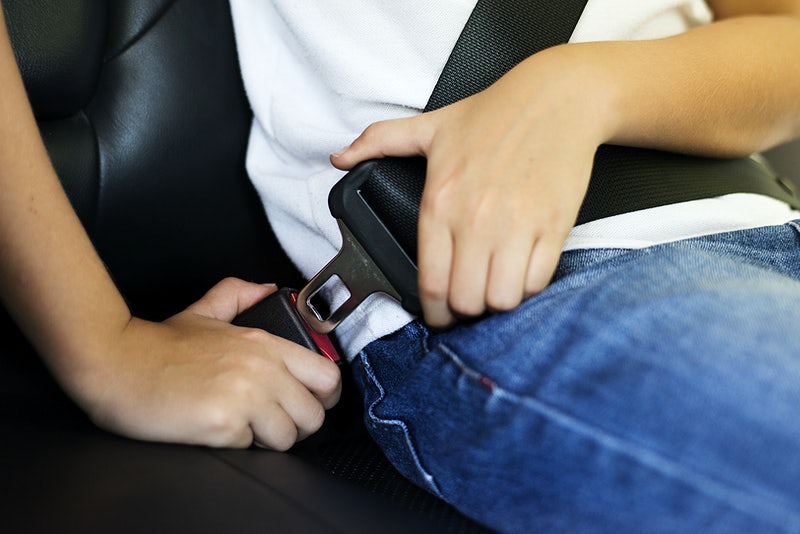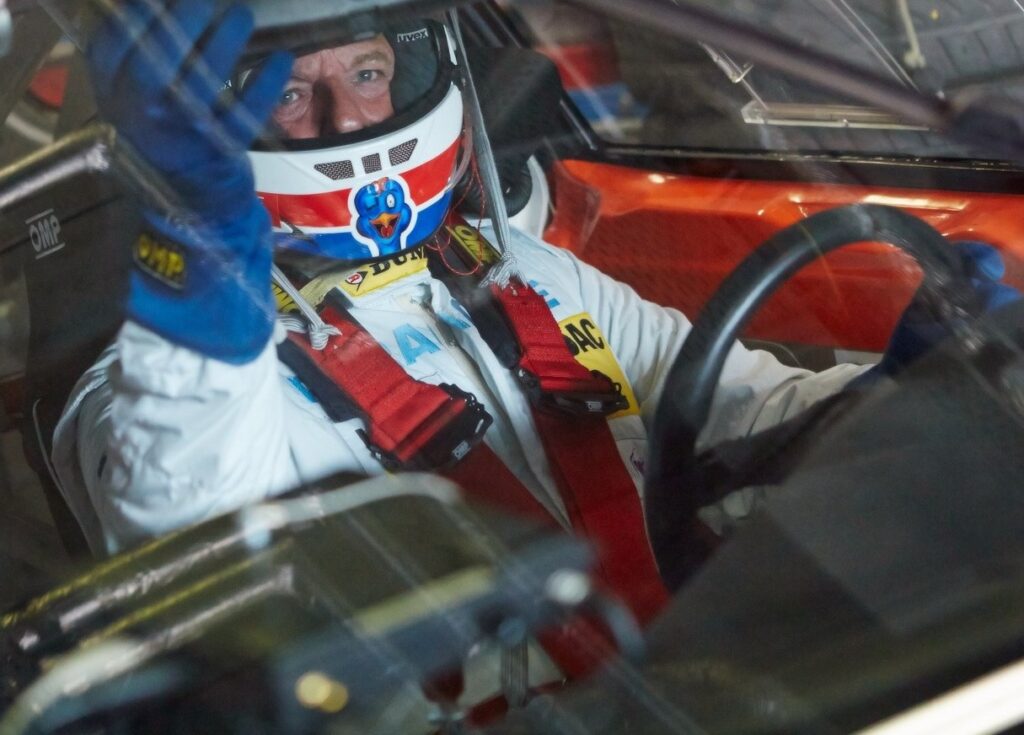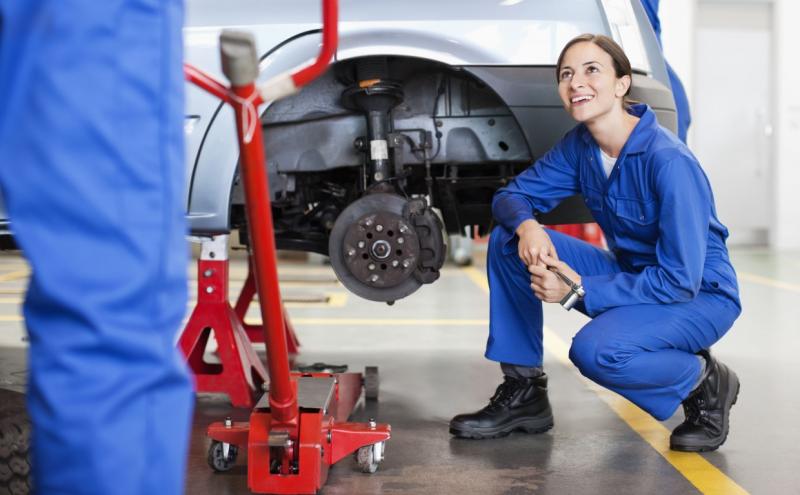
Automotive and Occupational safety
“The state of being safe; not being dangerous or in danger” is termed as safety. Health and safety seems like a very vogue term and common like any other. But health and safety in every aspect is different for every field. The different aspects of safety can be bifurcated as Occupational safety & Automotive safety further.
We at Goradia industries have taken up on ourselves to bring modernization and advancement in the field of Automotive and occupational safety. As much as they sum up under the parent category of safety, they are contrasted from each other but are equally important.
Automotive safety is the study and practice of design, construction, equipment and regulation to minimize the occurrence and consequences of traffic collisions involving motor vehicles. Road traffic safety more broadly includes roadway design.Occupational safety and health (OSH), also commonly referred to as occupational health and safety (OHS), occupational health or occupational safety, is a multidisciplinary field concerned with the safety, health and welfare of people at occupation.
Let’s look further into Automotive and occupational safety separately;
Automotive safety
Automotive safety incorporates 2 different sub categories which are “Active & passive safety”.
The terms “active” and “passive” are simple but important terms in the world of automotive safety. “Active safety” is used to refer to technology assisting in the prevention of a crash and “passive safety” to components of the vehicle (primarily airbags, seatbelts and the physical structure of the vehicle) that help to protect occupants during a crash.

Passive safety has come a long way since 1885, when the first seatbelt came into existence. The first seat belt was just a simple lap belt, for protection against any jerks or accidents. Due to the modernization and advancement the seatbelts have developed in various ways to increase safety to the maximum. From a simple lap belt, it has come to 2.1, 3.1, 4.1, 5.1 seat belts which give full body coverage and provide maximum protection.
Modern aids not only provide assistance when driving, but they also add to the occupants’ safety.
Every day, accidents occur on the highways, and thanks to passive vehicle safety, the chance of catastrophic accidents can be lowered to the maximum.

All actions aimed at reducing or eliminating the risk of injury in the case of an accident are referred to as passive safety. The seatbelt and the airbag are examples of this. Passive car safety features such as child seats, active headrests, etc can save lives.
Occupational safety
The Occupational Safety and Health Administration has guided and informed us about occupational safety since ages. OSHA has passed several regulations and laws which must be followed to maintain proper safety at the workplace. Many workers or even employers continue to avoid using proper occupational safety guidelines, including their safety equipments, each and every time they are at work

Osha guides us through several methods of occupational safety, below mentioned are a few;
- Wearing full body harnesses, helmets while working at height above the ground level.
- Being equipped with proper protective gear, gloves and rubber boots while working near electrical equipments
- Wearing Fire resistant gears while working near fire prone areas.
- Maintaining a safe and healthy environment and hygiene at all working places.
- Occupational safety may also involve medical safety at workplace.
Year after year, the number one most frequent example of OSHA violation is the lack of proper safety gears, indicating that the compliance challenges employers have experienced in the past will continue to be the challenges they will deal with in the future, unless something radically changes in the industry.
Source of information

Leave a Reply